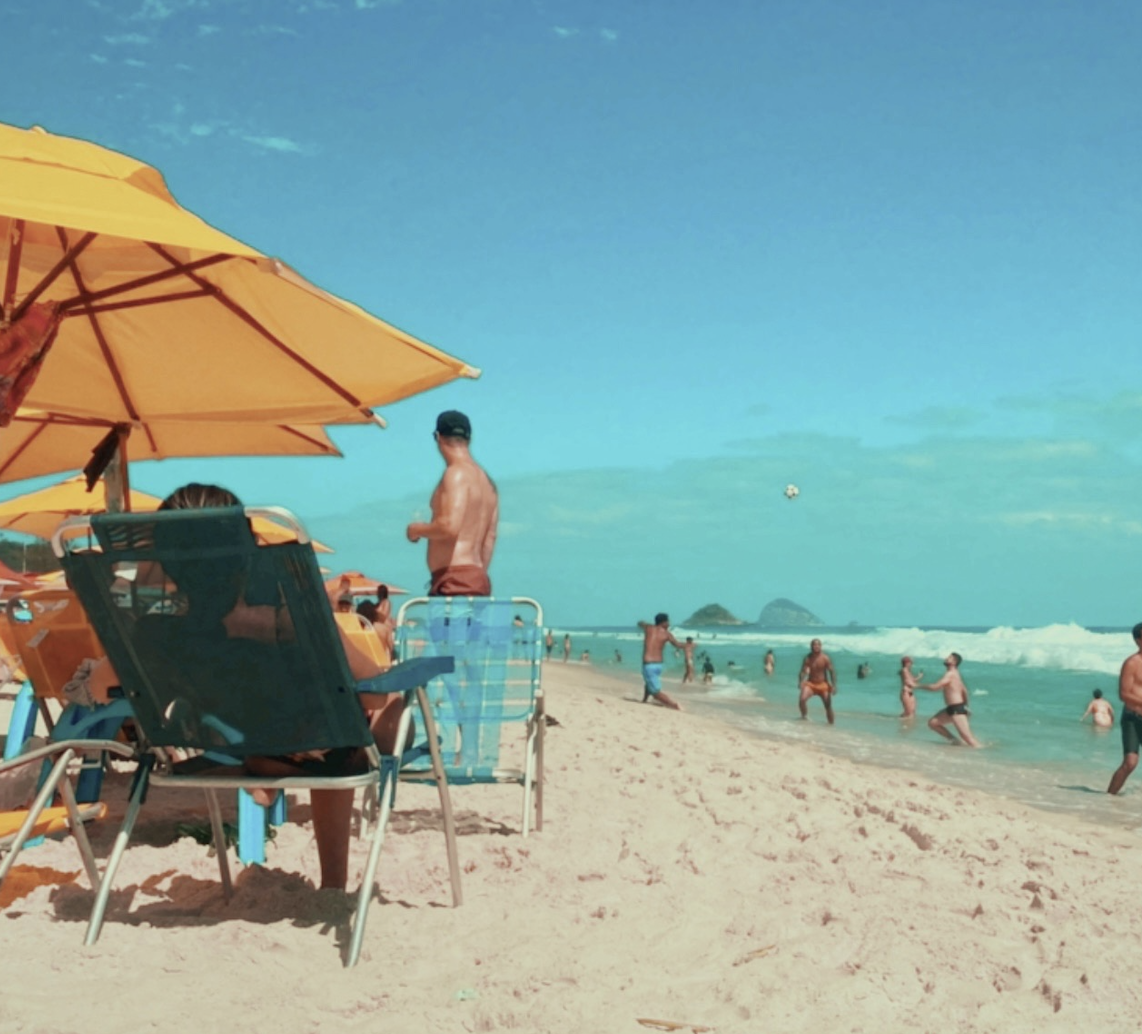For many teenagers, high school is a time of exploration and self-discovery. Along with that, students face newfound independence, a sea of social interactions, and tough academic challenges. However, amongst this whirlwind of experiences lurks a perilous path: teenage drinking. With frequent dangerous outcomes and a lack of education about the dangers of alcohol, some teenagers who partake in this enticing endeavor face serious consequences.
Although the legal drinking age in the United States is twenty-one, children often grow up consuming movies and social media that picture teenagers drinking underage with no consequences. As many teenage movies and media depict drinking as “cool” and normalized, it is easy for teens to grow up desensitized to the dangers of drinking at a young age.
Over time, books, films, and television series all contributed to the warped perceptions of the realities of alcohol consumption that many adolescents have.
“Since middle school, the movies I have watched have included many scenes where teenagers drink [alcohol],” Jack said, whose name has been changed for privacy purposes. “The movie ‘Superbad’ is a good example of this.”
Columbia Pictures, “Superbad” as Jack mentioned, is only one of many movies and series depicting teenagers dangerously participating in these illegal activities. Many other films that teenagers now consider to be “classics” have the potential to influence teenagers into drinking purely based on the scenes of alcohol use in these films.
Not only do certain movies portray teenagers drinking and doing drugs underage, but they often unintentionally romanticize these illegal acts. Media frequently portrays cool or well-liked characters indulging in underage drinking while those who don’t are deemed as “nerdy” or “weird.” These stereotypes can make teens feel like drinking is a necessity to fit in or be “cool.”
Chad, whose name has been changed for privacy purposes, is a junior at Paly.
“The stereotype that kids drinking was something cool affected how I viewed underage drinking when I was younger,” Chad said.
However, films and television are not the only forms of media that impact teenagers’ decisions to consume alcohol. With the rise of social media such as Instagram, TikTok, and other online platforms, the portrayal of underage drinking is further glamorized by real-life people.
Although this normalization may seem harmless for growing adolescents with no access to alcoholic substances, entering high school can turn the seemingly unrealistic party scenes into a reality, but many times not in the way that high school students were expecting.
Jessica, whose name has been changed for privacy purposes, is a sophomore at Paly.
“One time at a party, one of my friends didn’t know her limits and it led to her being nonfunctioning for the rest of the night,” Jessica said. “We were in the car on the way home and she was passed out in the car with her head out of the window trying not to throw up inside of the car.”
The inherent dangers of drinking are often glazed over, particularly in teenagers who lack education. As the popularity and normality of drinking increase, the education surrounding it must simultaneously increase.
Nishita Kothary is a Doctor of Medicine who works at Stanford Medicine. In Kothary’s eyes, there is a significant lack of education surrounding the physical, harmful effects of alcohol.
“Providers need to embrace a more holistic approach [to alcohol education] including alcohol and substance abuse – most importantly on the impact of binge drinking on brain development and the risk,” Kothary said. “Most kids are well aware of sex ed, thanks to the internet, however, only a few know of the much more detrimental effect of these neurotoxins on your developing brain.”
Enforcing proper education, while it may still be inevitable that teens are going to drink, can help teenagers from developing issues with binge drinking or having long-term alcohol addiction. Instead of trying to force abstinence education upon teens, a comprehensive curriculum regarding safe alcohol consumption is significantly more beneficial.
According to a survey of Palo Alto High School students, 60% of survey-takers have consumed alcohol. This is an alarming increase from the 23% of teenagers who have consumed alcohol throughout the United States, according to the CDC.
Smitha Kumar is a Family Physician MD, as well as a mother. Kumar’s experience in the medical field has given her a firsthand look into how the trends of teenage drinking have evolved.
“Teenage drinking has been steadily declining since the 1990s,” Kumar said. “I think this is mostly due to increased restrictions which decreased accessibility to alcohol for teenagers compared to what was 15-20 years ago.”
With the added levels of riskiness to drinking and the high percentage of teenagers who choose to drink, the normalization of teenage drinking culture is far more dangerous than it may appear.
Despite the decrease that may appear to be a positive factor, teenage drinking culture is still quite prevalent. According to Amie Haas, a professor of psychology at Palo Alto University, teenagers are slowly shifting toward more dangerous substances.
“One thing I’ve noticed is that a lot of teenagers, when they want to do something, go big or go home,” Haas said. “People aren’t just drinking anymore; they’re using cannabis, and thus, crossfading.”
“Crossfading” is a term meaning the action of drinking alcohol and using marijuana at the same time to feel a more extreme high.
Emma, whose name has been changed for privacy reasons, is a sophomore at Paly who has had firsthand experience witnessing the current state of teen drinking culture.
“Drinking culture has influenced me to [see] drinking [as normal] at parties, social events, and other things I do with my friends,” Emma said. “I haven’t necessarily been under peer pressure, but high school drinking culture helps me not see it as a big deal.”
As teenagers continue irresponsibly consuming alcohol, the dangers are still prevalent. An alarming statistic from the National Institute of Alcohol Abuse and Alcoholism states that 28.3% of all underage people ages 12-20 have reported partaking in drinking in the United States.
However, many high school students are influenced by other factors that can lead to their choice to indulge or not.
John, whose name has been changed for privacy purposes, is a sophomore at Paly.
“There is absolute peer pressure to partake in drinking,” John said. “When so many people around me are doing it [drinking] and having such a fun time, it feels like I need to [drink] or else I won’t be able to enjoy the moment as much.”
Peer pressure is a dangerous factor for teenagers deciding to consume alcohol. With a desire to appear “cool” or fit into the crowd, many teens succumb to the pressure of fitting into the social circles around them.
“[Consuming alcohol] has become so normalized that people often don’t realize the amount of pressure there can be,” John said.
Sometimes, this pressure to consume alcohol can create a stark division between those who choose to partake in underage drinking and those who do not. University of California, Santa Cruz sophomore Parth Ramolia agrees.
“I’ve tried alcohol a few times at friends’ houses and parties in college, mostly out of curiosity and a bit due to peer pressure,” Ramolia said. “While I didn’t particularly enjoy the taste or the effect it had on me, it gave me insight into why my peers might find it appealing, particularly as a way to loosen up and reduce social anxiety.”
However, some feel that the normalization of using alcohol as a means for stress relief, enhanced social interaction, and a confidence boost is even more dangerous. This can lead to significant mental health risks for teenagers who face high academic and social pressure that already contributes to poor mental health. The consumption of alcohol can further exemplify anxiety and depression, which can become a long-term problem in the future.
“[Alcohol] influences the status dynamics among students, with those who host or attend certain parties often gaining social clout,” Ramolia said. “This culture can create a sense of exclusion for those who choose not to participate, including myself. This division is something that I have to navigate regularly, which sometimes means choosing between fitting in or staying true to my values.”
The complex social dynamics formed by alcohol can push underage individuals into consuming alcohol which can lead to overconsumption of alcohol and a slew of other health problems, according to the National Institute of Health.
“Since the brain is still developing until your early twenties, it is very harmful to consume alcohol in teens,” Kumar said. “Since alcohol acts as a CNS sedative, it facilitates bullying, violence, sexual violence, memory problems, attention disorder, sleep issues, and [more].”
Aside from solely the long-term health issues caused by the consumption of alcohol, it also limits many of the brain’s short-term functions.
“The teen brain is still developing and responds to stress differently than children and adults,” Kothary said. “The frontal lobe of the brain is also not fully developed, leading to risk-taking behavior. Combine it with alcohol that decreases inhibition, it compounds risky behavior.”
This brings up an important point that to face the dangerous consequences of alcohol, one does not have to be the person drinking. Even a momentary lapse in judgment can lead to fatal or otherwise dangerous accidents. According to the National Highway Traffic Safety Administration, approximately one-third of all fatal crashes involving teenagers were caused by the influence of alcohol.
Brad, whose name has been changed for privacy purposes, is a junior at Paly.
“Many times at parties, people who have consumed some amount of a substance will either drive themselves or their friends home,” Brad said, whose name has been changed for privacy purposes. “It’s scary to see because you want the people around you and your friends to be safe.”
Although it may be challenging, open communication between parents and teenagers is vital. All teenagers need to have a parent or a trusted adult they can reach out to in case of an emergency. This is crucial to prevent teens from ending up in a situation where they feel like they need to drive intoxicated or get in a car with another teen who is under the influence.
This predicament is a complicated issue because a question remains: how can parents ensure that their children are safe when even if they are not partaking in alcohol consumption, they are still put at risk of others who have consumed too much?
“I’ve learned about the effects of alcohol from a variety of sources including health classes at school, documentaries, and websites like the CDC,” Ramolia said. “My parents have also been a great source of information; they’ve shared not just the physical and legal risks, but also personal stories about how alcohol has affected people they know.”
It is important for educators to not only teach safe drinking education but also to teach teenagers to be cautious of those around them who may be under the influence. Forming an open line of communication between parents and teenagers can influence a safer outlook on these subjects. Teenagers may be less inclined to get in a car with someone who has been drinking if they feel comfortable reaching out to a trusted adult for help.
This more supportive outlook on teenage drinking from a parental perspective can aid parents with navigating complicated situations surrounding alcohol and their teenagers’ behaviors.
This shows the imperative need for alcohol dose education. Part of the issue with teenage drinking is that many teenagers are not aware of how much alcohol is safe for them to consume. An abundance of teenagers are also unaware of the time it takes for alcohol to take effect, so they find themselves drinking copious amounts more to make the effects feel stronger.
Unfortunately, no matter how informed parents and educators may become, many teenagers may still partake in drinking without comprehending or giving mind to the dose taken, which can lead to inherent and glaring risks in extreme cases.
“Teens typically are more prone to binge drinking than chronic alcoholism, meaning they consume alcohol less frequently than adults and overall consume less alcohol than adults but consume a larger quantity of alcohol than adults at a single point in time,” Kothary said.
This is dangerous because alcohol typically can take an extended period to feel its strongest effects, according to the National Institute on Alcohol Abuse and Alcoholism. A lack of knowledge like this is what leads to teens blacking out or reaching a point where they can’t function safely.
“[Adolescents] do not understand the impact of binge drinking on the developing brain,” Kothary said. “What may seem to be occasional and hence ‘harmless’ can have a serious effect on the developing brain, especially memory, decision making and learning.”
The good news is that due to an increase in media attention, resources for education and learning about safe drinking have become abundant with a simple search.
Ramolia’s relationship with his parents and their conversations about drinking provided him with an adequate understanding of the effects of alcohol which helped him successfully navigate drinking scenes from high school to college.
“Being uneducated about safe drinking leads to excessive drinking and alcohol intoxication,” Kumar said. “Being unaware of alcohol’s addictive potential leads to dependence. It’s extremely important to educate teenagers about the dangers associated with alcohol intake. As we [doctors] always say, ‘Knowledge is power.’”
bottledup real









